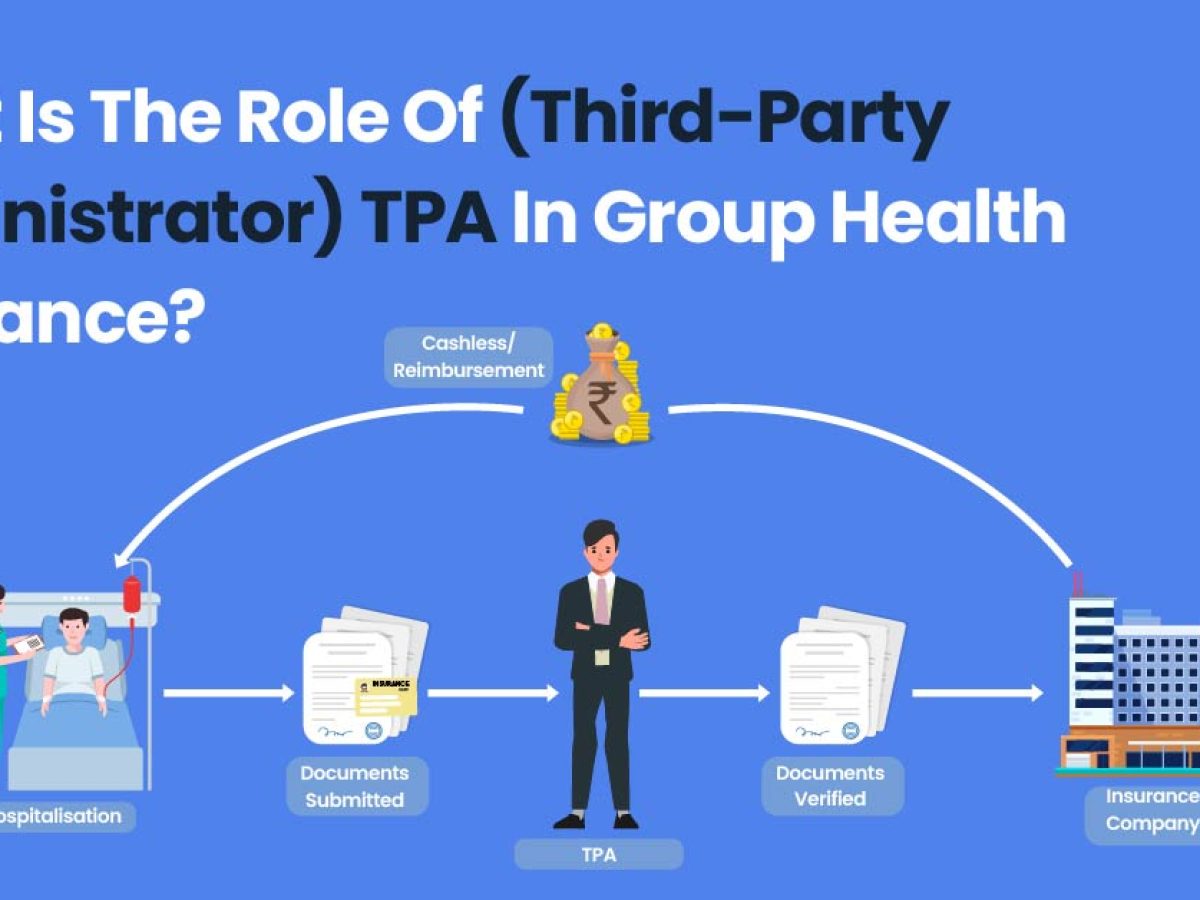Pacific Prime for Beginners
Pacific Prime for Beginners
Blog Article
The smart Trick of Pacific Prime That Nobody is Talking About
Table of ContentsExamine This Report about Pacific PrimePacific Prime - An OverviewPacific Prime for Beginners10 Simple Techniques For Pacific Prime8 Easy Facts About Pacific Prime Explained

This is due to the fact that the data were gathered for a period of solid economic performance. Of the estimated 42 million people that were uninsured, just about about 420,000 (concerning 1 percent) were under 65 years of age, the age at which most Americans end up being qualified for Medicare; 32 million were adults in between ages 18 and 65, about 19 percent of all adults in this age team; and 10 million were children under 18 years of age, about 13.9 percent of all kids (Mills, 2000).
These estimates of the variety of individuals uninsured are created from the annual March Supplement to the Present Populace Survey (CPS), carried out by the Demographics Bureau. Unless or else kept in mind, nationwide estimates of people without medical insurance and percentages of the populace with various kinds of protection are based upon the CPS, one of the most widely utilized source of price quotes of insurance coverage and uninsurance rates.
The Best Strategy To Use For Pacific Prime

Still, the CPS is particularly helpful due to the fact that it produces yearly price quotes fairly quickly, reporting the previous year's insurance policy protection approximates each September, and since it is the basis for a constant set of estimates for even more than twenty years, enabling analysis of patterns in insurance coverage with time. For these reasons, as well as the considerable usage of the CPS in other studies of insurance policy protection that exist in this report, we rely on CPS estimates, with constraints noted.

The price quote of the number of without insurance people increases when a population's insurance coverage standing is tracked for a number of years. Over a three-year duration starting early in 1993, 72 million people, 29 percent of the united state population, were without coverage for a minimum of one month. Within a solitary year (1994 ), 53 million people experienced at the very least a month without coverage (Bennefield, 1998a)
Six out of every 10 uninsured grownups are themselves used. Functioning does improve the chance that one and one's family participants will have insurance, it is not a guarantee. Also members of family members with two full-time breadwinner have nearly a one-in-ten possibility of being without insurance (9.1 percent without insurance price) (Hoffman and Pohl, 2000).
The Pacific Prime PDFs
New immigrants make up a substantial percentage of individuals without medical insurance. One analysis has connected a significant part of the current development in the size of the united state uninsured populace to immigrants who arrived in the nation in between 1994 and 1998 (Camarota and Edwards, 2000). Recent immigrants (those that concerned the United States within the previous 4 years) do have a high rate of being without insurance (46 percent), yet they and their youngsters account for just 6 percent of those without insurance policy nationally (Holahan et al., 2001).
The connection between medical insurance and accessibility to care my explanation is well developed, as recorded later in this phase. Although the relationship between medical insurance and health and wellness results is neither direct nor straightforward, a comprehensive medical and health and wellness solutions research study literary works links health insurance coverage to better access to care, far better quality, and boosted individual and population health status.
Levels of evaluation for checking out the impacts of uninsurance. It focuses especially on those without any wellness insurance policy for any size of time.
Some Known Questions About Pacific Prime.
The troubles dealt with by the underinsured are in some respects comparable to those faced by the without insurance, although they are usually much less serious. Health insurance, nonetheless, is neither essential neither sufficient to obtain accessibility to medical services. The independent and straight impact of health insurance policy coverage on accessibility to wellness solutions is well established.
Others will certainly acquire the healthcare they require also without health and wellness insurance, by paying for it out of pocket or seeking it from service providers that use care totally free or at highly subsidized prices. For still others, health insurance policy alone does not make sure receipt of treatment as a result of various other nonfinancial barriers, such as a lack of wellness care companies in their neighborhood, minimal accessibility to transport, illiteracy, or linguistic and cultural distinctions.
Some Ideas on Pacific Prime You Should Know
Official study regarding without insurance populaces in the USA dates to the late 1920s and early 1930s when the Board on the Price of Healthcare created a collection of records about financing doctor office check outs and hospital stays. This issue ended up being prominent as the varieties of clinically indigent climbed during the Great Anxiety.
Report this page